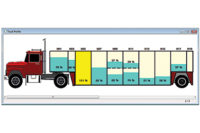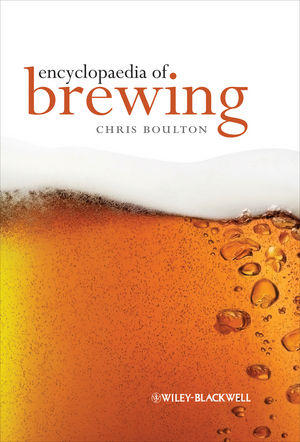Distribution
How to make sure your route optimization system lives up to its purpose
3 questions fleet managers can ask will help guide system analysis

Route optimization is usually high on the list of distributors’ operational priorities, but many facets to the process often are overlooked. Fleet managers can avoid “blind spots” in their systems by asking three basic questions:
Question 1: Is there an opportunity to continue the optimization process after loading?
Most of the time, a distribution center is going to run optimization protocols on the next day’s deliveries.
“They’re going to load the trucks per those routings so they can deliver and do any pick-ups that they may also need to be able to do within that market — which is great,” says Doug Schrier, senior vice president of strategy for fleet solutions provider Transflo. “However, we know that things change rapidly. And how do you change them?”
Stops canceled at the last minute, unexpected road congestion and other potential wrenches can be thrown into the route after it’s already been planned. “How do I [ensure] flexibility and run the rest of the routes?” Schrier says. “Having the ability to run optimization on a truck basis when things happen after you’ve [already] done your fleet optimization is really important.”
Question 2: How can you access the knowledge that’s in your driver’s head when they’re not running that load so that they can educate the next person on that route?
When a driver routinely delivers on a specific route, they develop certain instincts that are unique to the subtle ins and outs of that particular route or certain stops — how long it takes them to service a specific stop on average, how they enter a particular facility, where they park for loading and unloading, fueling concerns, etc.
Having experienced the route time and again, the driver might have gleaned some real-world intel that the optimization tool might miss.
When it comes to fueling, many older systems primarily would account for factors like the cost of fuel at a certain station along the route, as well as the driver’s hours of service.
“What you’re really missing there is the driver’s [insight],” Schrier explains. “What’s the congestion like at that fuel stop, do they need to make U-turns or other unsafe [maneuvers] at that fuel stop — and how do you collect that information? A lot of older optimization solutions don’t allow you to drive your solution one way or another using other variables beyond what it was built for. How a driver runs a route to how a driver puts fuel in their truck to how a driver does their daily duties is really [dependent] on their feedback and how they’ve optimized themselves.”
Question 3: Does the system enable drivers to rearrange their stops on the fly, as necessary?
There might be a detour on the route that could make that supposedly optimal route sub-optimal. In such a case, it might make more sense to bypass a stop from its original place in the order and revisit it later when it’s more accessible. Many platforms don’t enable that.
“[The systems] don’t allow the driver to go from stop one to stop three and back to stop two for the completion of the load,” Schrier notes. “The ability for the driver to do that — and then have that change, the fact that they’ve already completed stop three, reflected into their in-truck navigation — is really important. So when they leave stop two, the system shouldn’t be routing them back to a stop that they’ve already completed.”
Looking for a reprint of this article?
From high-res PDFs to custom plaques, order your copy today!






